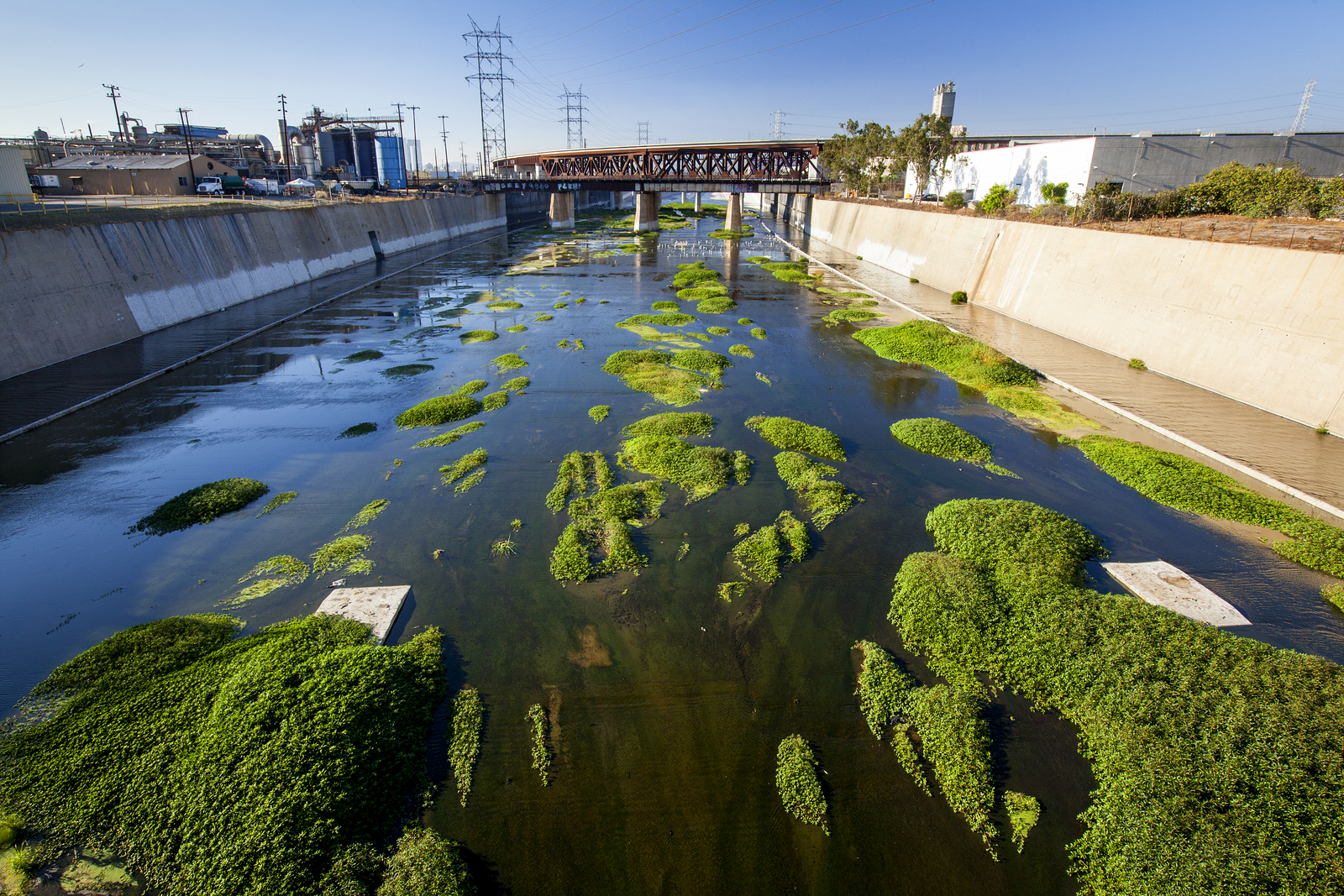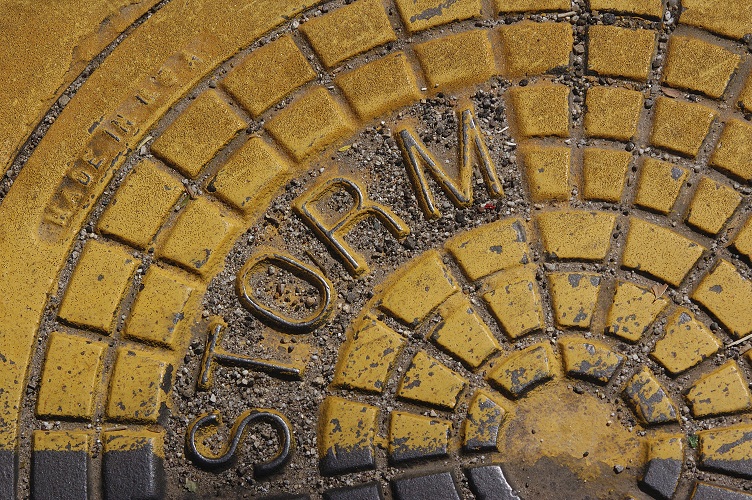On April 8, the State Water Resources Control Board adopted a statewide water quality objective aimed at reducing the amount of trash that finds its way into rivers, lakes, and the ocean. Trash discarded on land frequently ends up in waterways and the ocean when rain washes it into gutters and storm drains that flow into creeks and rivers. This trash threatens aquatic life and public health.
While several regional water quality control boards already have trash control plans or permits in place, the state board adopted the trash amendments to provide statewide consistency. The trash amendment borrows heavily from trash total maximum daily load efforts already underway in cities like Los Angeles and the San Francisco area.
Trash in surface waters, specifically coastal and marine waters, is a common problem in California. According to California’s 2010 Integrated Report, there are 73 water bodies listed as impaired due to the presence of large amounts of trash. To reduce trash, municipalities can increase street sweeping, conduct public education programs on littering, and install trash-catching devices on storm drains. Industries and construction sites can closely monitor materials to make sure they do not leave the site. State Water Board staff studied the advantages and disadvantages of various methods and gathered feedback from municipal, industrial, and environmental stakeholders on the best and most effective methods of litter source control. A central element of the amendments is a land use-based compliance approach that targets high-trash-generating areas. However, some stakeholders contend that the trash amendment relies too heavily on costly treatment approaches for stormwater systems rather than source controls.





